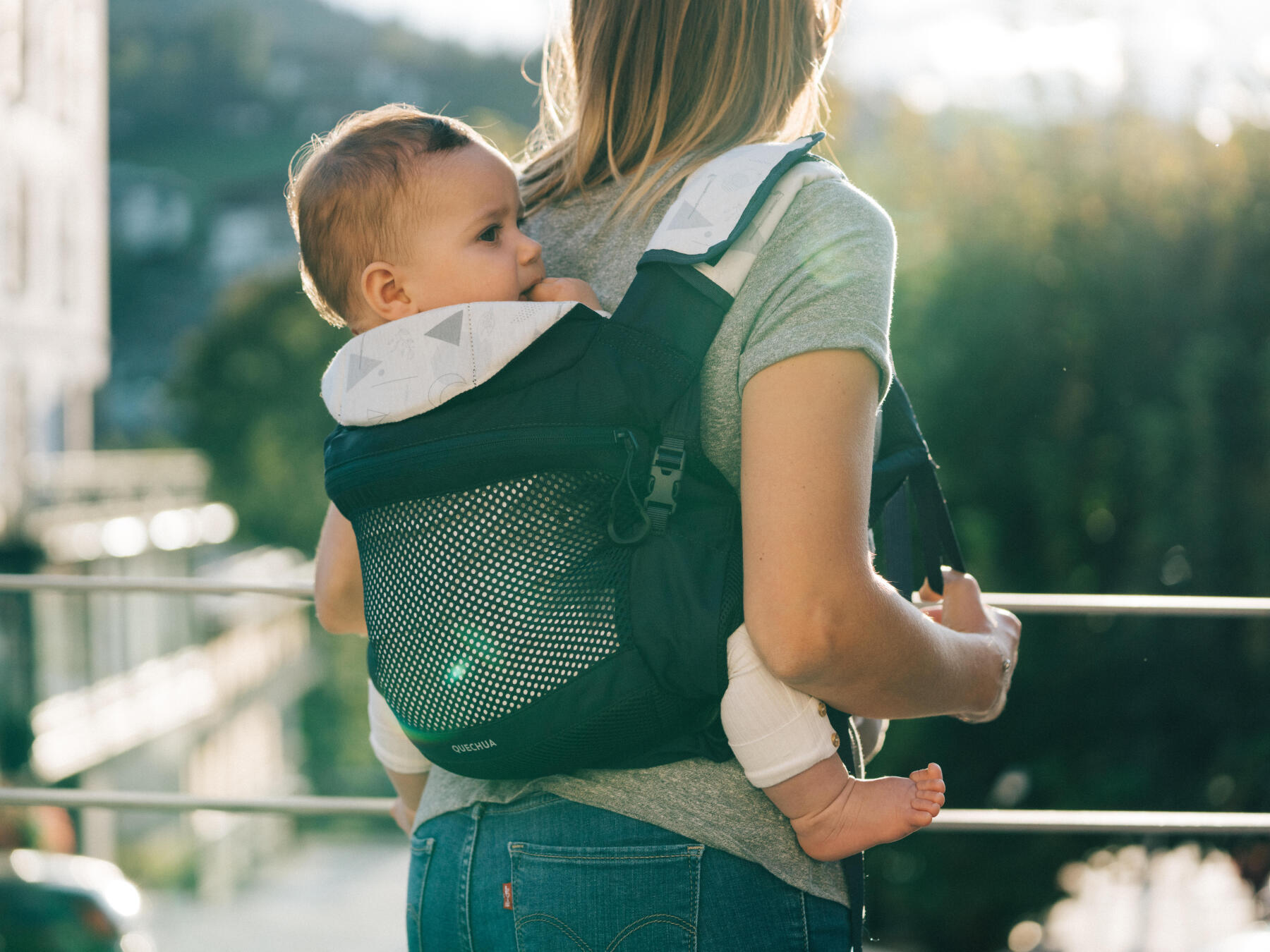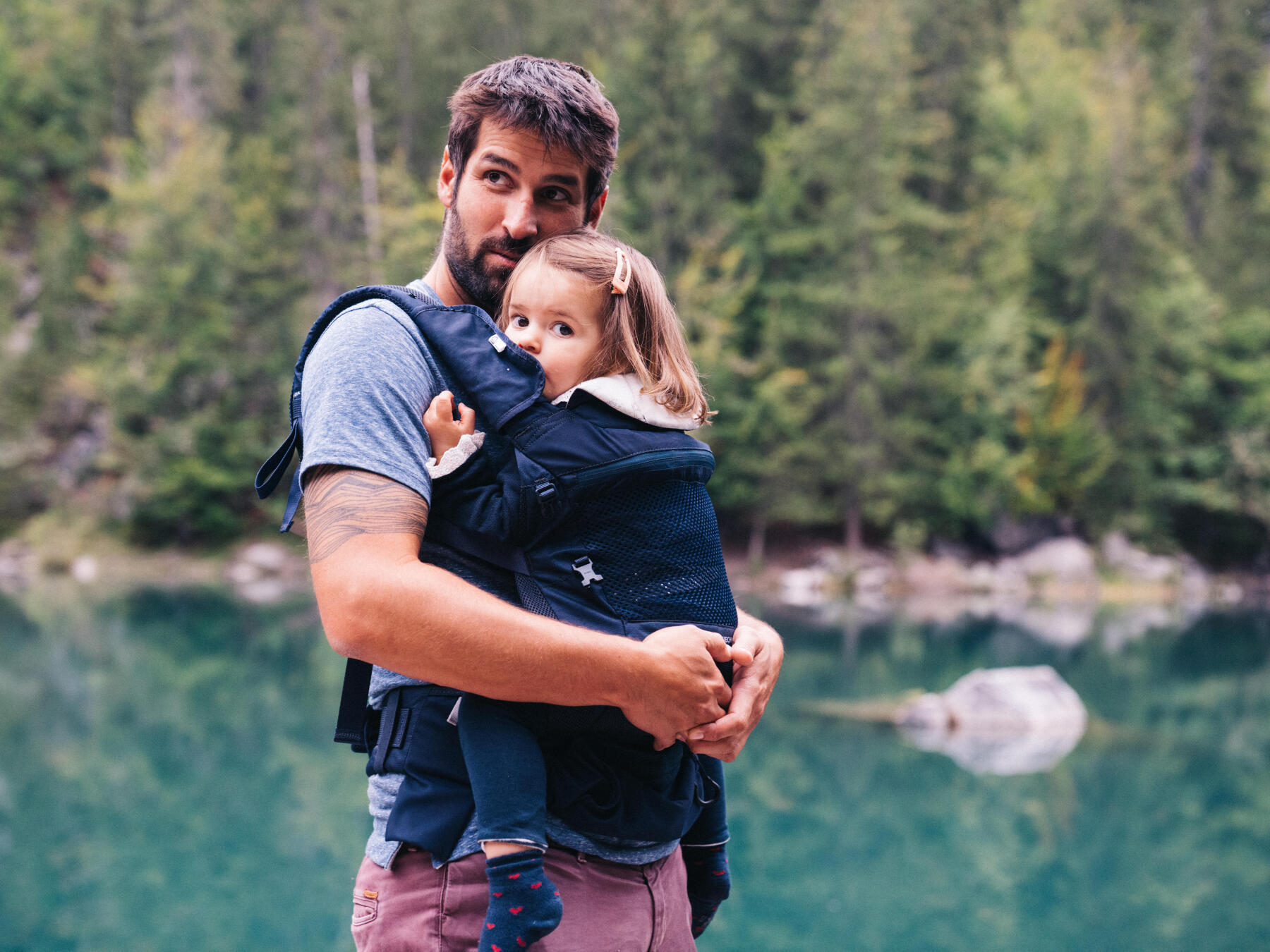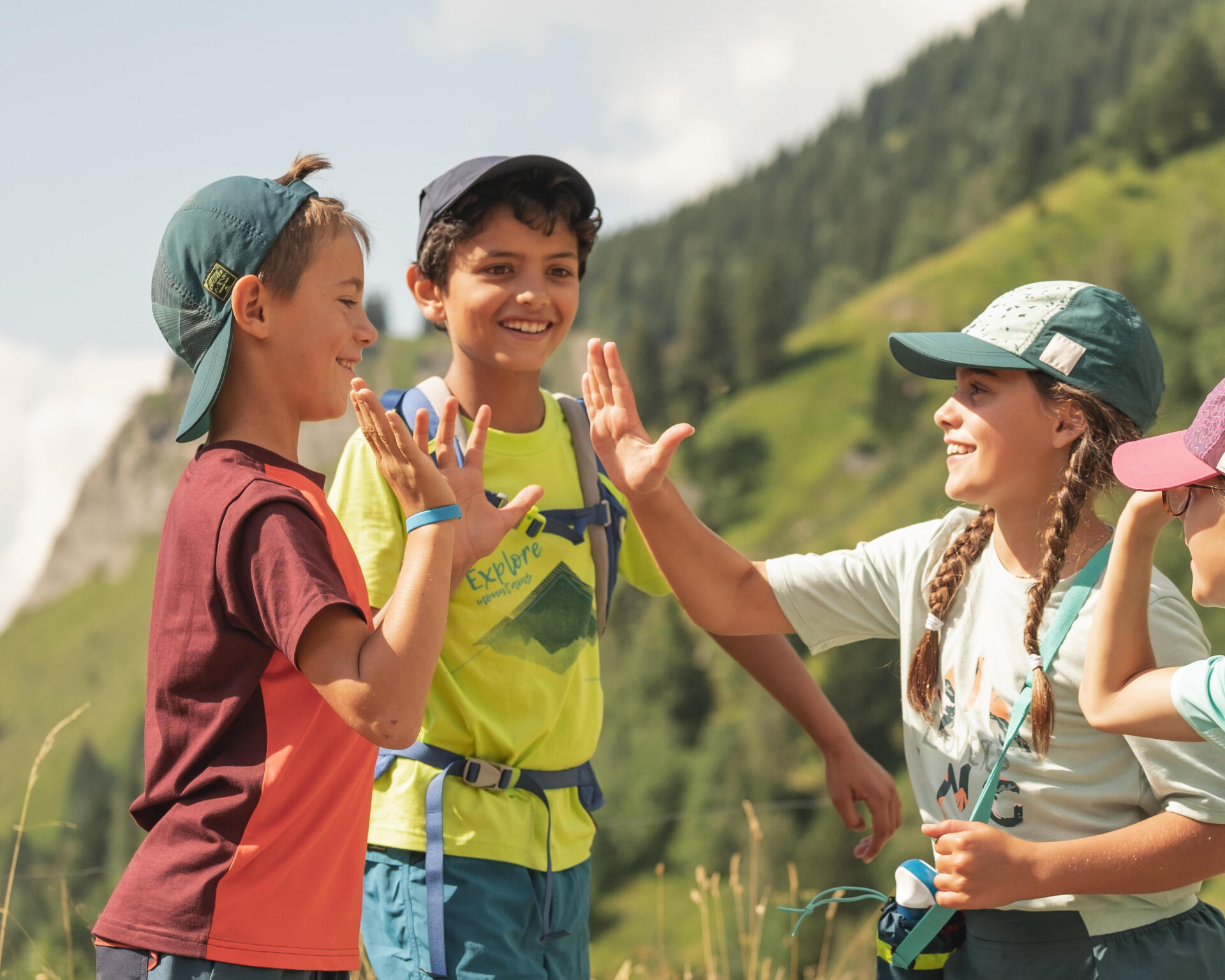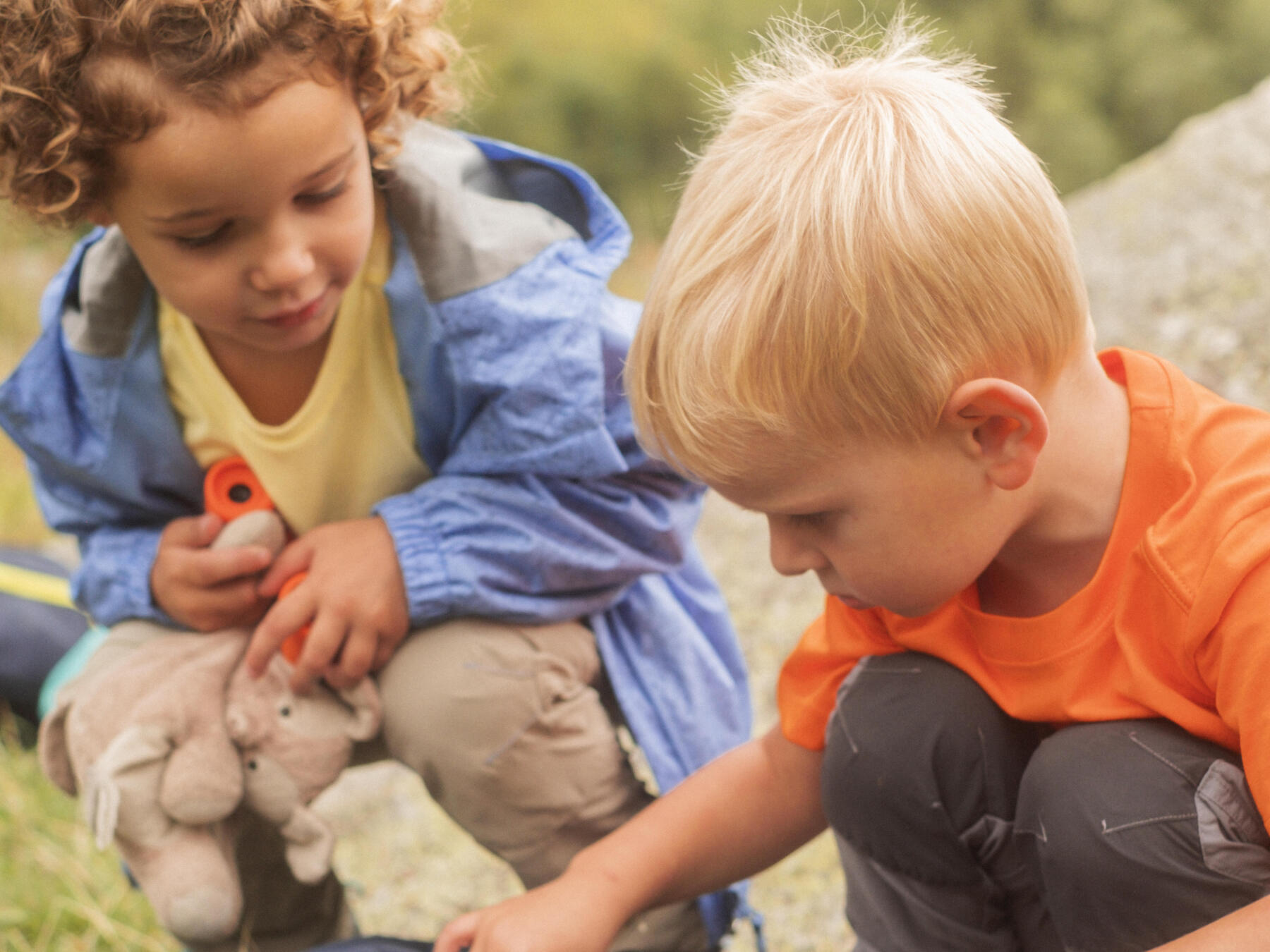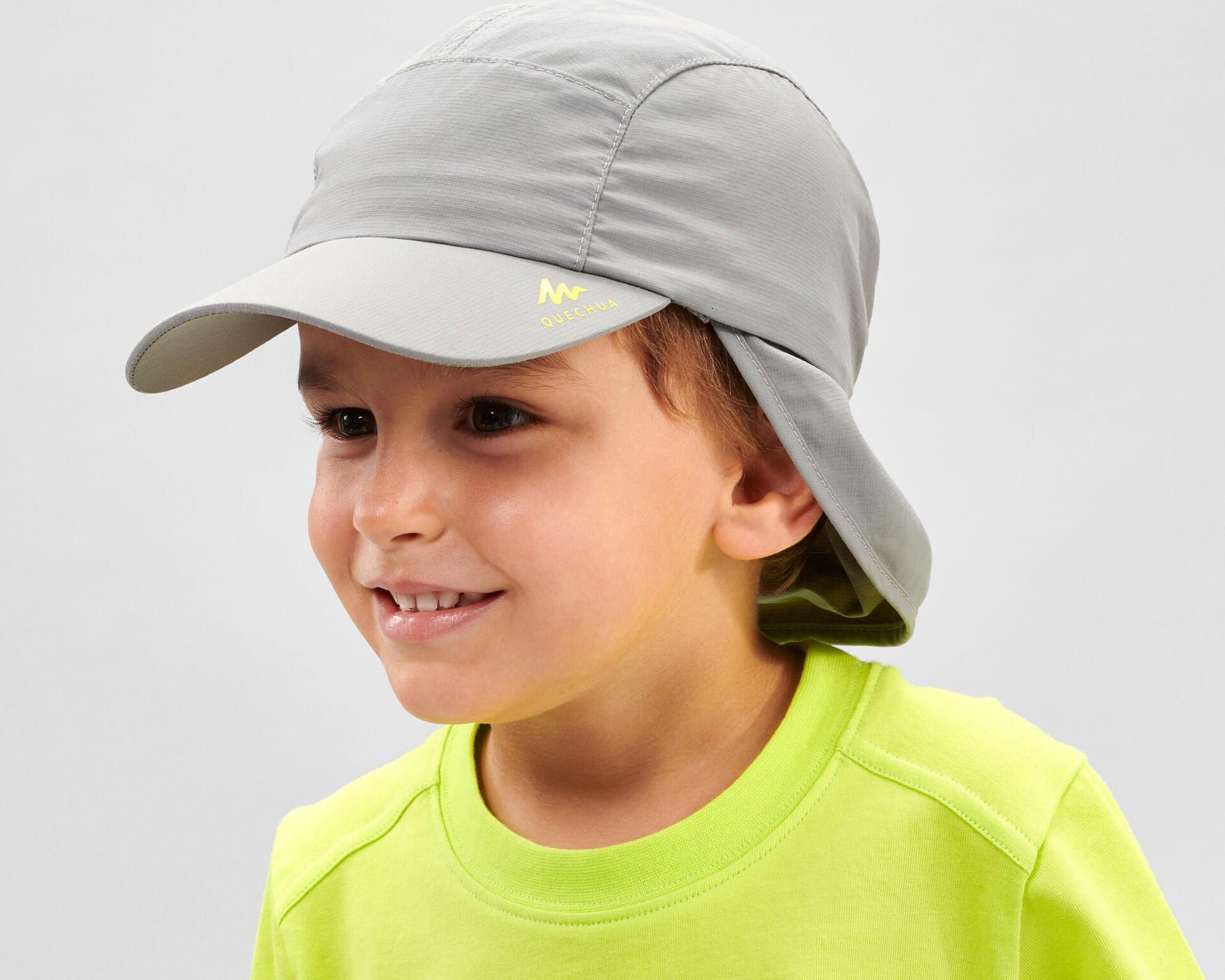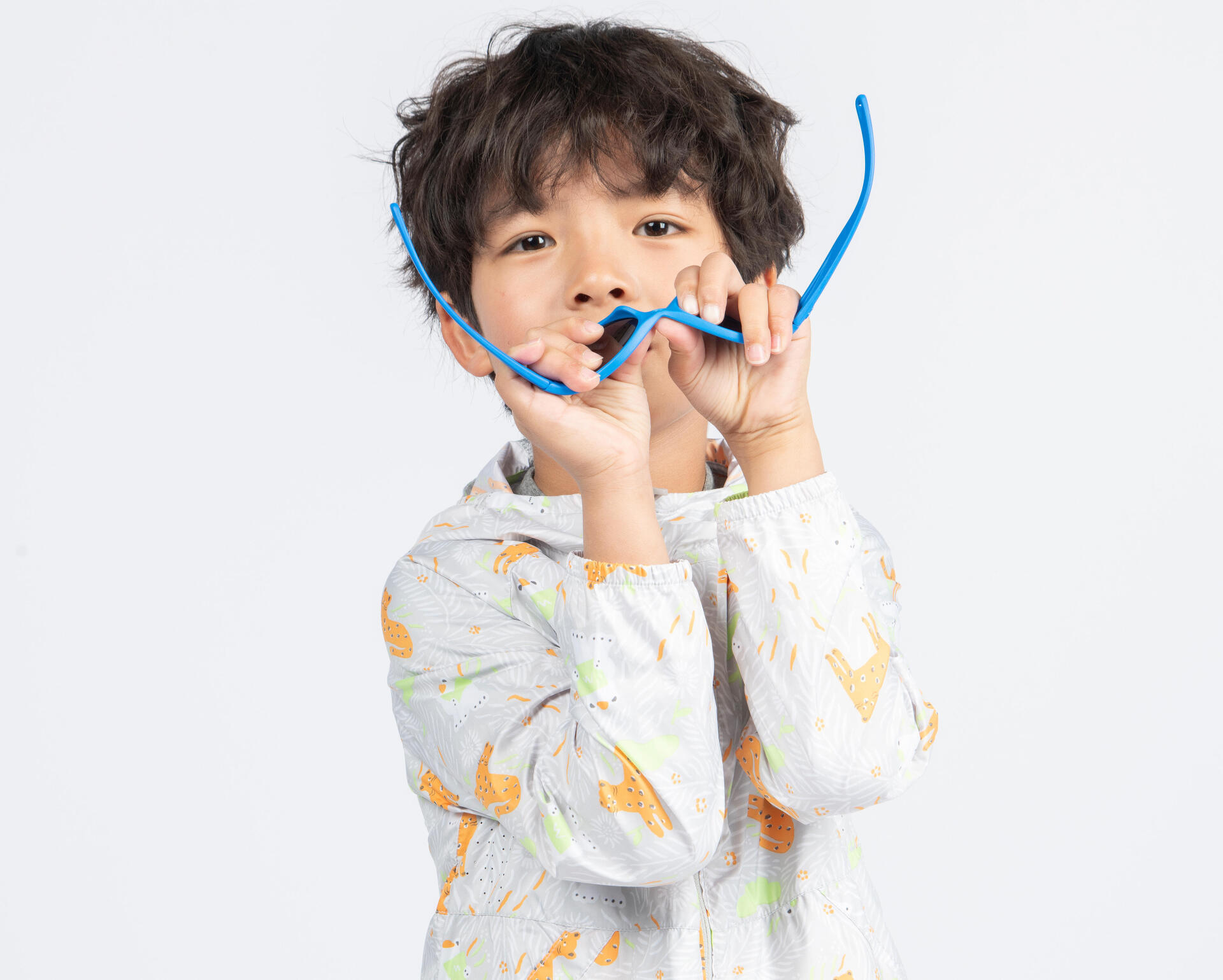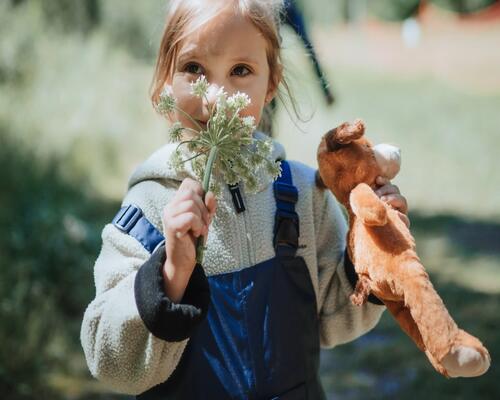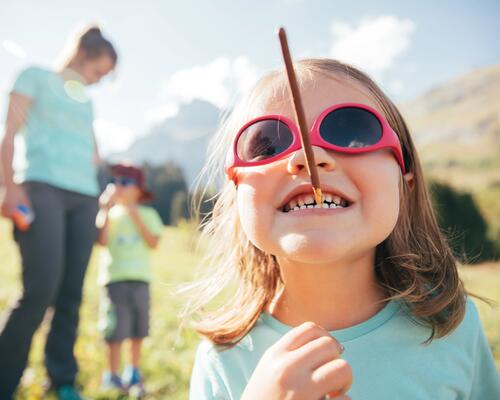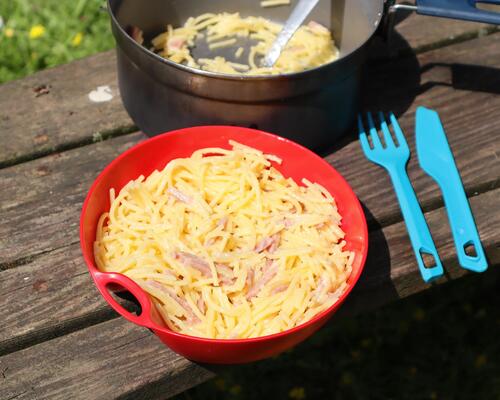Dressing children in summer
If you use a rigid baby carrier, provide a windcheater and a hat because your child is both more ventilated and more exposed if it turns suddenly cold or becomes very windy.
Don't forget shoes because the top of the foot is particularly sensitive to sunburn, and put cream on anything that isn't covered!
Lastly, and this is a point that can never be repeated enough: reduce exposure to direct sunlight as much as possible and try and schedule your excursions before 12pm or after 4pm.

